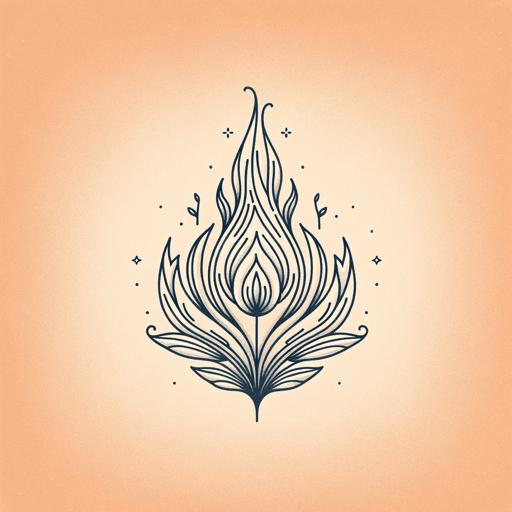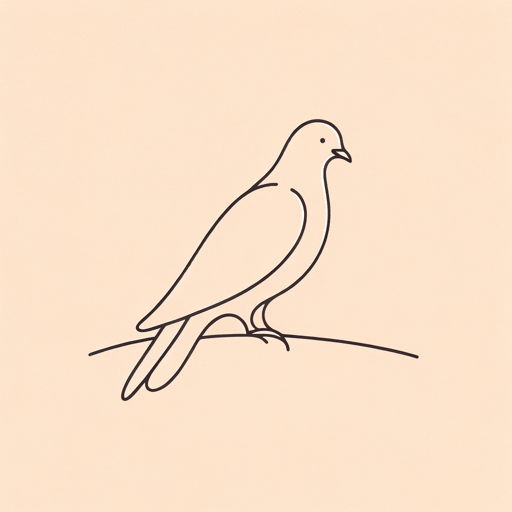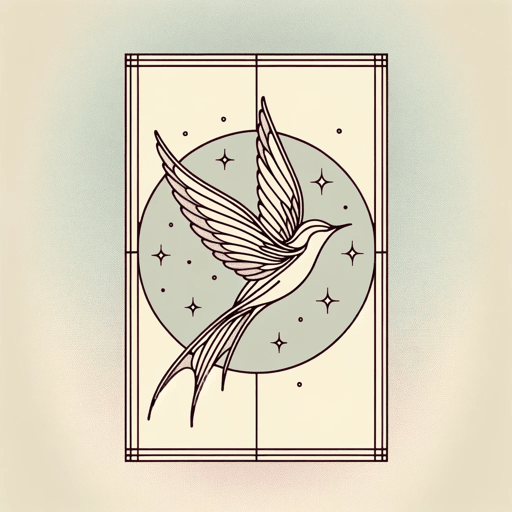14 pages • 28 minutes read
Gerard Manley HopkinsPied Beauty
Fiction | Poem | Adult | Published in 1918A modern alternative to SparkNotes and CliffsNotes, SuperSummary offers high-quality Study Guides with detailed chapter summaries and analysis of major themes, characters, and more.
Background
Literary Context
From a literary point-of-view, Hopkins is something of an innovator. Even though his work was not largely published until after his death, Hopkins’s poetry was highly regarded by many of the poetic greats of the 20th century, including T. S. Eliot and W. H. Auden. As a poet, Hopkins contributed several stylistic inventions to the world of verse. Sprung rhythm—as illustrated in “Pied Beauty”—is one of his primary contributions; sprung rhythm imitates the sounds and natural movements of human speech, and it stands in contradiction to the commonly-used meter of the time, which tended to focus on specific numbers of syllables. In contrast, sprung rhythm is called “accentual verse” because it focuses more on the stresses themselves, allowing for variable numbers of unstressed syllables.
Hopkins’s creation and use of sprung rhythm was largely inspired by his belief in English linguistic purism. Hopkins was a student of Old English and Welsh, and it was his belief that English writing should focus more wholly on its immediate linguistic roots. Hopkins’s interest in linguistic purism colored his poetic style; he relied heavily on stresses, alliteration, internal rhyme, and other 







Related Titles
By Gerard Manley Hopkins




